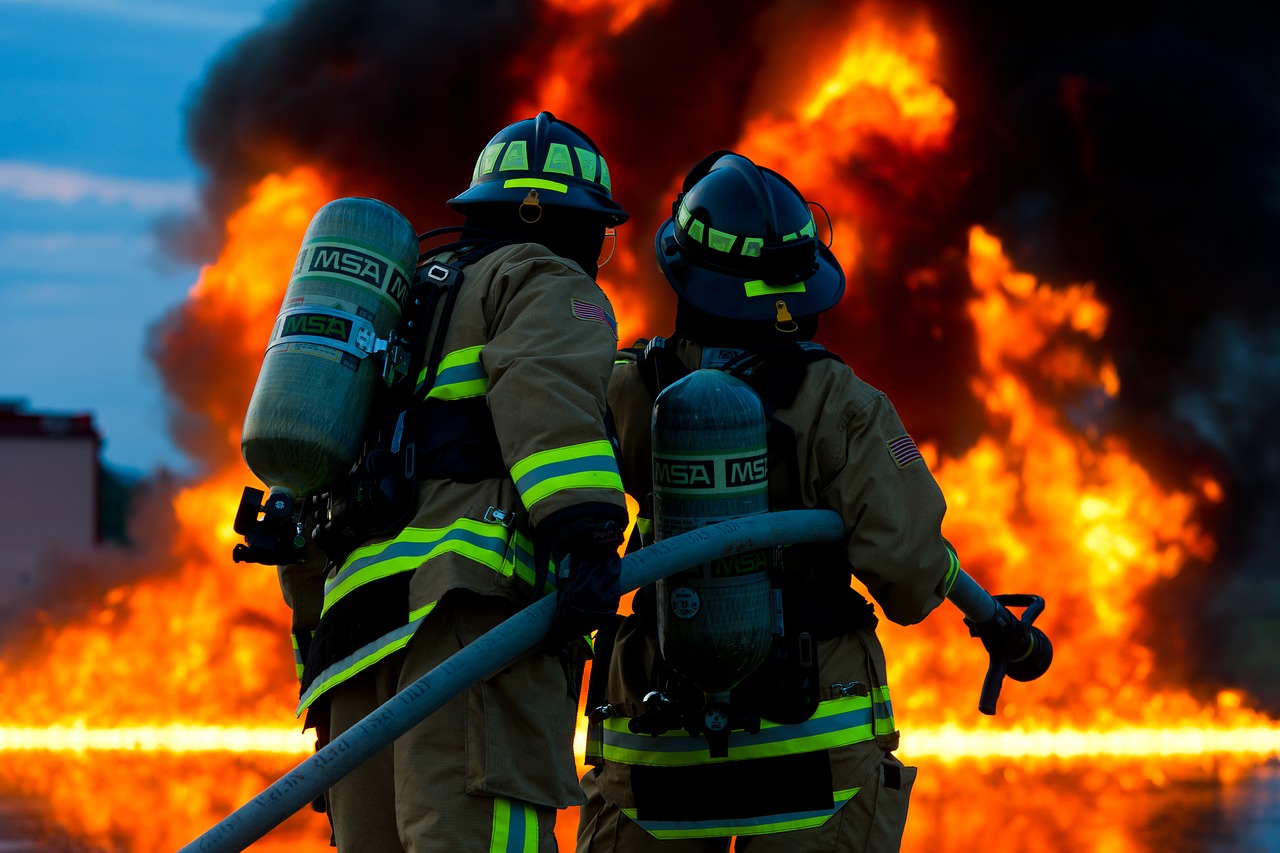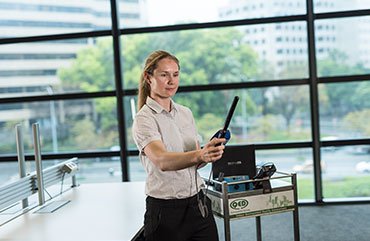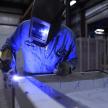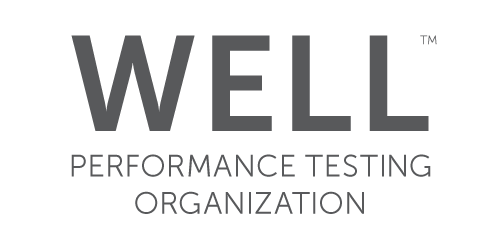
03rd
Bushfire in Regional Towns: The Risk of Asbestos Exposure
by Dave Collins
WA remains the hotspot for Australia's asbestos-related disease, according to a recent Australian Institute of Health and Welfare report which quoted 5 in every 100,000 West Australians have mesothelioma, an incurable cancer caused by asbestos exposure.
And while an Australia-wide ban on the manufacture and use of all types of asbestos and Asbestos Containing Material (ACM) took effect on 31 December 2003, we are still seeing these numbers rise throughout Australia.
As we head into bushfire season the question arises - what happens to residents of regional towns plagued with old buildings and hidden asbestos?
In 2015 a huge bushfire tore through the WA town of Yarloop killing two people and levelling almost 70,000 hectares of land and 181 homes and buildings.
As the recovery process began it became apparent that the presence of asbestos in older buildings, including plant, machinery, and equipment contained within some of these buildings, posed significant risk to residents.
Although many people think asbestos is destroyed in a fire, as soon as debris is lifted or moved the asbestos can become airborne, usually in a friable form. In this instance delaminated friable material from asbestos cement sheeting and “Klingerit” compressed gaskets caused contamination issues throughout the area.
Authorities learned a lot in the wake of the Yarloop fire and it prompted a national discussion about collaboration in the recovery process.
QED deployed to the area in the aftermath of the 2015 Waroona-Yarloop bushfire, conducting clearance monitoring during demolition of buildings destroyed by the fire and saw firsthand that there is a lot of work to be done in educating our communities around bushfire and disaster management.
Having a robust response and management process is essential. We have a whitepaper that outlines an example of the process we promote at QED to minimise asbestos risk following a fire and ensure the safety of those that fall within the contaminated area. You can download the document here.
Categories
Recent Posts
Changes to the workplace exposure standard for welding fumes
15th Mar
On January 18, 2024, SafeWork Australia made a significant adjustment to the Workplace Exposure Standard (WES) for Welding Fume (not otherwi...
Pseudomonas aeruginosa and the Water Quality Management Plan - it's not just about Legionella.
23rd Feb
Pseudomonas aeruginosa could be responsible for a high burden of disease, and should always be included in a risk management plan....
Navigating the New Norm: Prioritising Indoor Air Quality for Events and Venues
06th Feb
Throughout 2023 there was a surge in venue managers looking to help clients feel at ease in regards to indoor air quality....

















